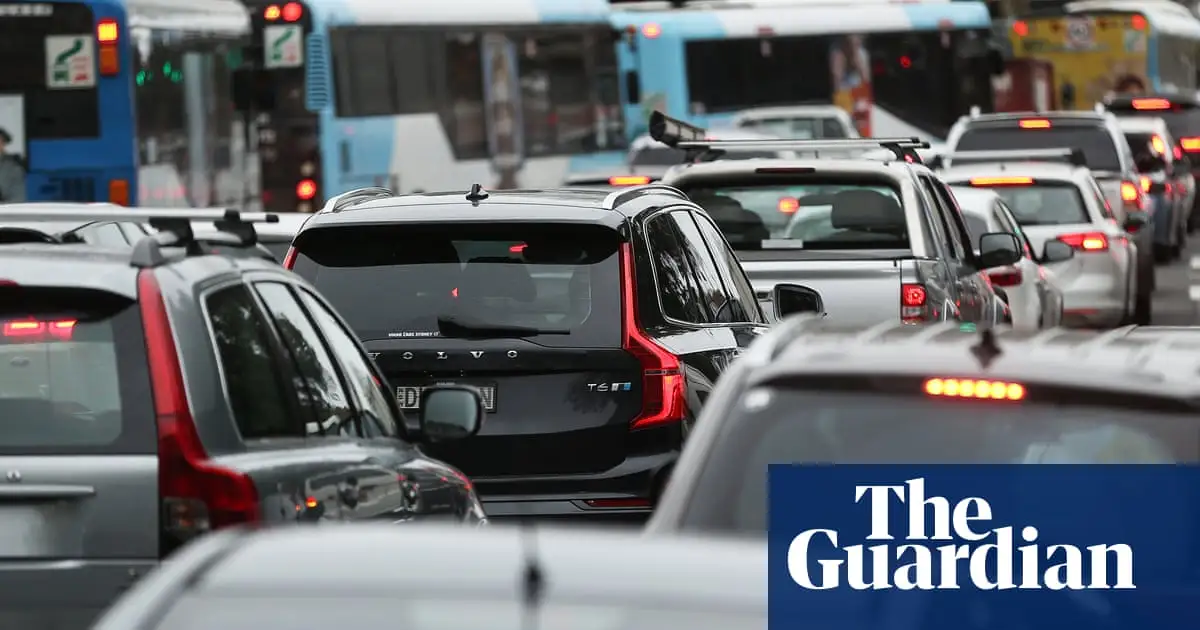Don’t do it Australia, don’t be like US
You should see the rapid change in vehicle types happening here. Dual cab utes, overly large (US trucks). A lot of American imports turning up (usually the cheaper Ram) but even the domestic models are swelling in size from the work vehicles they used to be.
It may be too late. We are America Jnr. It’s a good way to identify people who don’t give a fuck though.
I admit it’s been startling how quick the adoption rate for these things has been. It’s kind of concerning, I figured we were above that kind of bullshit, but the last few years have proved otherwise.
A quick change from Commodore and Falcon Ute to 4WD dual cabs being the “bogan” vehicle of choice. The change from average ute size to oversized was a blink of an eye.
Then conversely the small SUV (a taller car) became the Prado-style giant SUV of the day.
Parking must be absolute bullshit.
I can confirm the local markets can get a bit fucked at times.
i do wonder if they genuinely don’t give a fuck, or are just really, really stupid and insecure.
Sometimes both?
Vehicle size inflation happens everywhere the civil design allows it. It happened fast in the US because the US is built nearly ground-up for cars and only cars.
Anywhere that is designed primarily for cars, with lots of parking spaces and big wide lanes, you will see the vehicles grow to fit it.
The reason is simple: auto makers make more money selling these bigger cars and they control what cars get sold. So long as consumers can be coaxed into buying them, they’ll continue to get bigger, and so long as the roads are designed to be convenient for these huge cars, consumers can be coaxed into buying them. Just look around at how quickly all the manufacturers of small, economy vehicles have been replacing all their product lineup with road yachts to make more money.
I guarantee to you that even the Italians would be driving bigger and bigger vehicles if not for how useless such a car would be for getting around most Italian towns and cities.
As with so many things, getting rid of the weird rules distorting urban design is the best longterm fix to the issue. Design for people (meaning bikeped should be first class), get rid of top-down rules that govern how communities get built (and which almost universally push them to sprawl), employ any means necessary to get rid of distorting financial forces that prefer large/external developers over small/local ones… blah blah blah. It’s always the same problems.
The places where small cars dominate are also places where it would be inconvenient to have a huge car. You should be showing up to your local government meetings and complaining about EVERY SINGLE PROJECT that widens/expands roads, requires parking, or doesn’t treat the safety as people as a higher priority to the reduction of congestion.
Very well said, with one minor (but significant) nitpick. The US was not built for cars. It was bulldozed for them. There are a lot of good stories about this, but The Power Broker is a great one, or any of myriad YouTube videos about Robert Moses (many of which draw directly on The Power Broker).
So was much of Europe. WWII leveled a lot of cities and many of them thought it was going to be a great opportunity to build more auto infrastructure and be more like the US as they rebuilt. The same midcentury madness happened to them as happened across the Atlantic. The same mistakes were made. But like basically all of the world outside of the Americas, they quickly saw what a catastrophe it was and slowed or even reversed course the insanity.
like basically all of the world outside of the Americas
I’m not sure this is really the case, unfortunately.
It’s certainly not true here in Australia, and from what I’ve heard it’s also not true across the Tasman. Both Aus and NZ have followed the American model of car-dependency. Not quite as bad as America, perhaps, but in line with Canada.
Where I grew up in Vietnam, it’s also not true. But just on a massive delay compared to Australia. When I first moved there, and for most of the time I was there, it was actually really good. Many streets were narrow, people mostly rode motorbikes, bicycles were common. Everything was convenient and walkable medium-density neighbourhoods.
But go there today and the car dominance is clear. Roads get insanely congested. The street I grew up on, once blocked off at one end to prevent through-traffic, has now been opened up and is much busier. Whole communities are being displaced for the sake of widening roads. Subjectively, it seems like a similar story plays out in a lot of developing countries.
GDI, I vote for those guys and now… well I still would because the Liberal party is worse but this still sucks.
vote greens Labor is just as fucking bad.
Yeah, I should shift over to them primarily.






